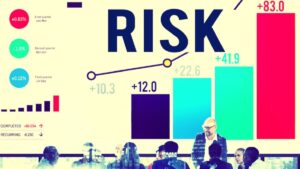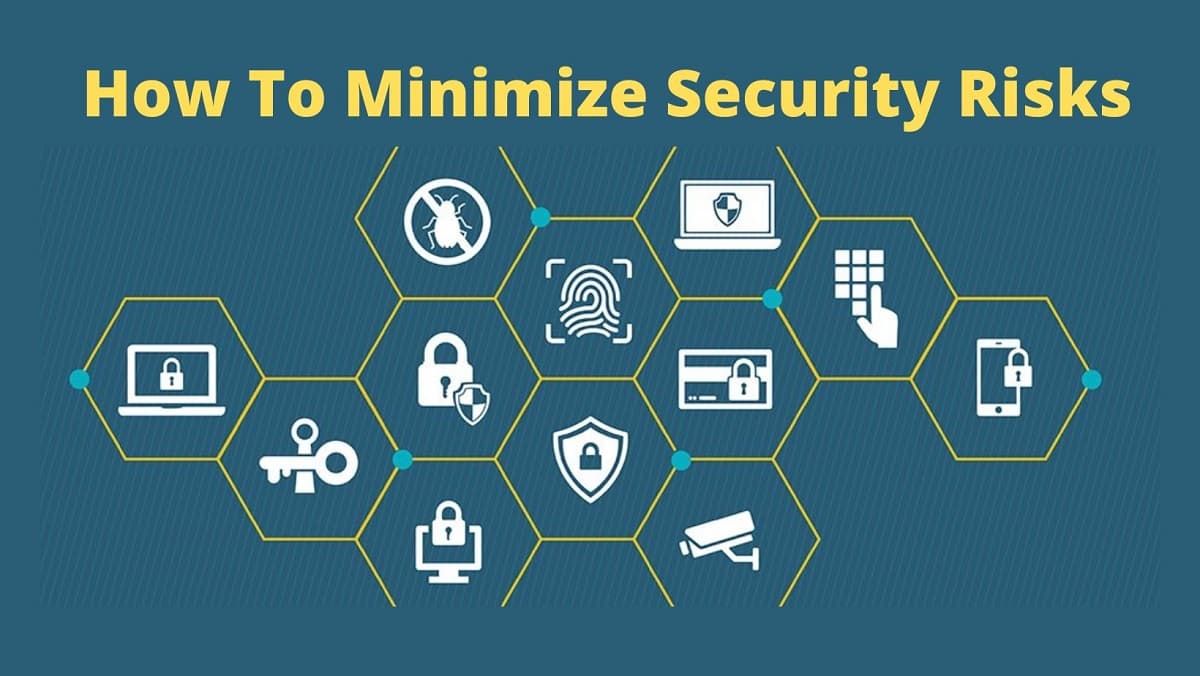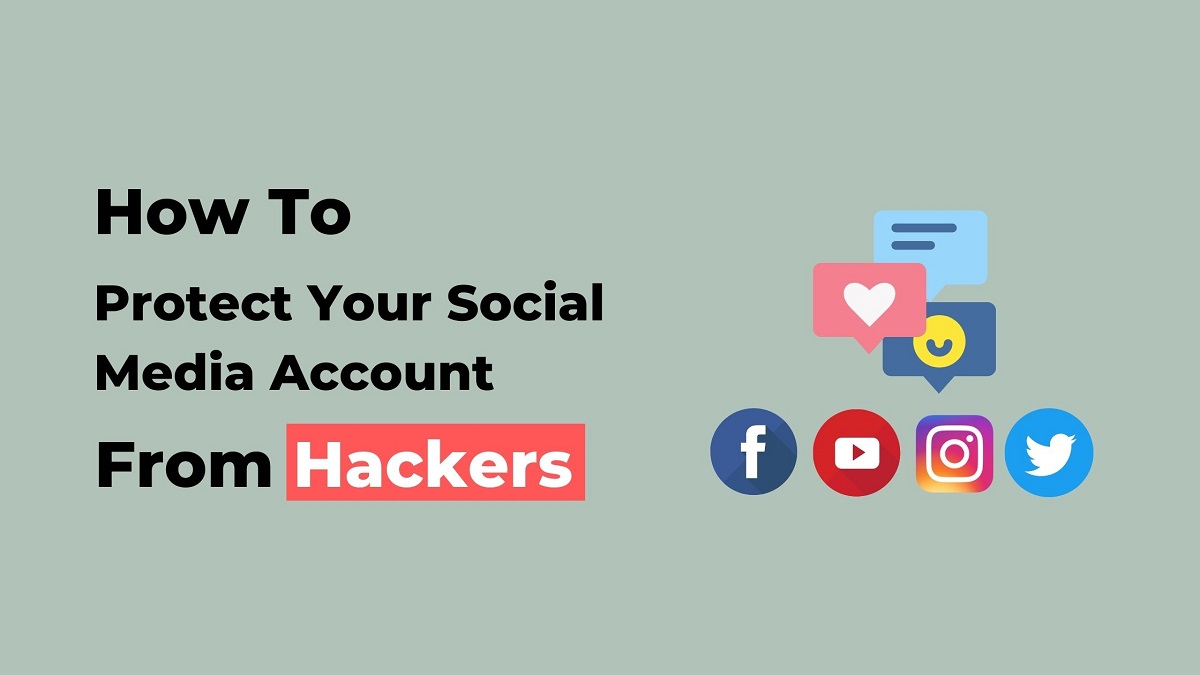There are many ways to minimize security risks. Learn how to minimize your security risks by using common sense and sense practices. Security risks are inherent in any form of link, whether it be business or personal. By openness to the risks and taking steps to reduce them, businesses can improve their overall web posture. Security risks are any likely events or spots that can harm a company’s data, systems, or staff.
They can come from a kind of sources, such as people who want to damage a company for their own gain, hackers who want to feat weak security steps, and government agencies who want to spy on citizens. According to how security risks work and what to do to minimize them, businesses can protect themselves from costly mistakes. In this article, we will cover a guide to minimizing security risks.
What Are Some Of The Main Security Risks?
There are many security risks, both known and unknown, that businesses face. This security risk can be happening by a HackersList. The most common risks include data breaches, online scams, and nasty programs. Many other risks are set to certain labors or businesses, such as financial crimes in the banking industry or cyber attacks against companies involved in the making or division of sensitive info. It is important for businesses to understand their private risk profile and take steps to protect themselves from these threats.

Here are some:
Data Breaches Security Risks
Data breaches can lead to security risks. For example, if someone accesses your personal info without your consent, that could lead to identity theft. Data breaches can also lead to the loss of privy info, which could damage your business. It’s major to take steps to protect your data from being run in a data breach.
Identity Theft Security Risks
Identity theft is one of the most common security risks and can have serious effects. If you are a victim of identity theft, don’t wait to take action. There are steps you can take to protect yourself from this crime, enroll with a credit check service and keep up to date on your credit report. There are a few things you can do to prevent identity theft, but it’s always main to be alert and keep up with current security steps.
Phishing Security Risks
Phishing is a system used by hackers to obtain personal info, such as passwords and credit card numbers, from naive users. The scam usually starts with an email that looks like it’s from a legal source, such as a company or friend. The email asks the heir to click on a link in the email to view a record or sign up for something.
Social Engineering Attacks
Social engineering attacks are one of the most common types of attacks. They involve tricks or false info that can be used to gain access to a person’s personal info or to take over their computer. These attacks can be very successful, and they can be done by anyone, any way of their technical ability.
Viruses And Malware Security Risks
Viruses and malware are cyber threats. They can cause damage to your computer and personal info. And they can be difficult to remove. Make sure you are up-to-date on your antivirus safety. And keep a close eye out for shady behavior on your computer.
Spyware Security Risks
Spyware is a type of malware that targets a user’s computer in order to collect info. Hackers can install this on a computer without the user’s knowledge. Also, it can often be hard to remove. Spyware can be used to track a user’s online activity, steal passwords, or track the user’s web browsing history.
Trojan Horses’ Security Risks
Trojan horses are one of the security risks. They can allow illegal users to access files and systems on a computer. They can also install other programs on a computer. It can then be used by an illegal user to do damage or harm to the computer.
Dos (Denial-Of-Service) Attacks
Denial-of-service (DoS) attacks are a common form of cyberattack. They involve flooding the targeted system or network with requests from users. Such that the system is unable to provide services to its legal users. DoS attacks can be used to deny access to a service. It causes fiscal losses or damages the target’s reputation.
How To Minimize Security Risks: Steps to Take
There are a number of ways to minimize security risks when using technology. But each person has to decide what is most important to them. The best way to minimize security risks is to be aware of them and take the necessary care. Here are a few steps to take:
Identify And Mitigate Common Passwords
Common passwords can easily guess. Also, hackers can hack easily. To reduce your security risks. It is mainly to identify and mitigate common passwords. Password security is important for all users. But especially for those who have access to sensitive info. Here are some tips to help identify and mitigate common passwords:
- Use a unique password for every site. This is the major tip of all. Don’t use a similar password for every site.
- Use a complex password. So that nobody can easily guess. The more complex the password, the more difficult it will be to guess.
- Make sure your password is at least 8 characters long and unique.
- Change your password regularly and make sure to use different types of passwords for different websites.
- Use a password manager to keep track of all of your passwords and create strong passwords for each site.
Use A VPN When Necessary
If you’re using public Wi-Fi, be aware that your data is vulnerable. Use a virtual private network when need to reduce your security risks. Here are three tips for using a VPN safely:
- Make sure the VPN provider you choose has a good security track record.
- Use common sense when online. don’t share personal info, use a secure password, and never give out your real address or phone number.
- Always use a VPN. In conjunction with other security steps like antivirus software and firewalls.
Keep Your Software Up To Date
Keeping your software up to date is one of the main steps you can take to minimize security risks. Updating software can fix foibles. Nasty actors exploit it. Also, it can improve the process of the software. By regularly updating your software, you reduce the chances that you will become a victim of a cyberattack.
Protect Your Online Activity
Cybersecurity is a hot topic these days, with more and more people becoming aware of the risks associated with online activity. To minimize your security risks, here are a few tips:
Use a secure browser: Firefox, Chrome, or Internet Explorer. These browsers have strong built-in security features.
Create strong passwords: Use at least 8 characters, including at least one number and one symbol, and change them regularly.
Use Firewalls And Anti-Virus Software
When it comes to security, the best practice is to use firewalls and anti-virus software to minimize risks. A firewall protects computer networks by halting illegal access to the network. And its assets, while anti-virus software helps protect against malware, spyware, and other illegal threats. Also, by using these tools together, businesses can protect themselves from theft of data, extortion attempts, and other cyber-attacks.
Conclusion
In conclusion, following simple security care can minimize your online risks. Also, you can find genuine hackers for hire to minimize the risks. So, always use a strong password, and never leave your computer alone. Also, keep your software up-to-date, and be aware of any shady emails or attachments. So monitor your social media accounts for signs of fraud or hacker activity. And lastly, don’t forget to take steps to protect your privacy by using a VPN when online banking or shopping.



